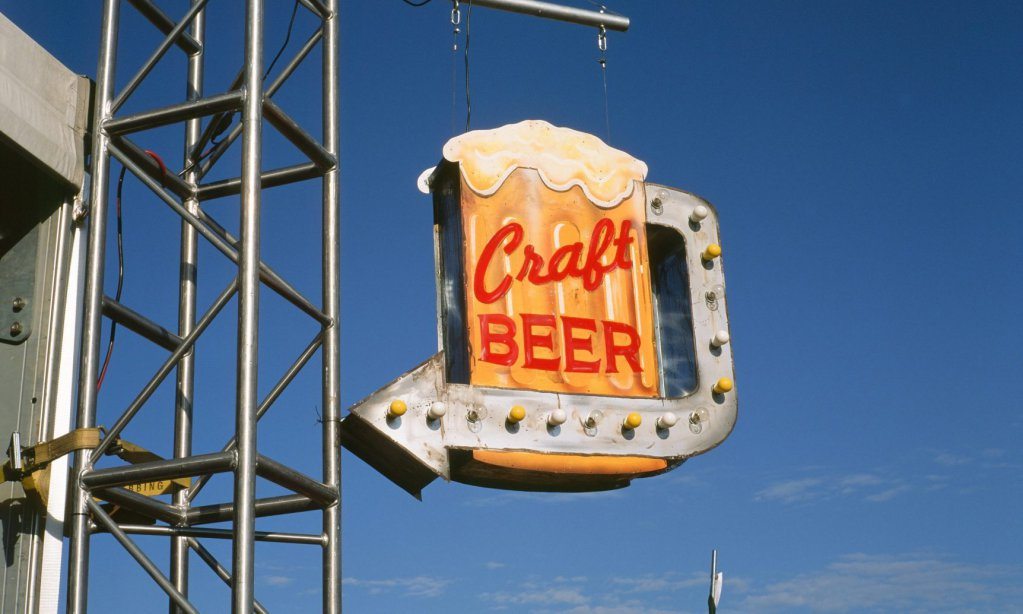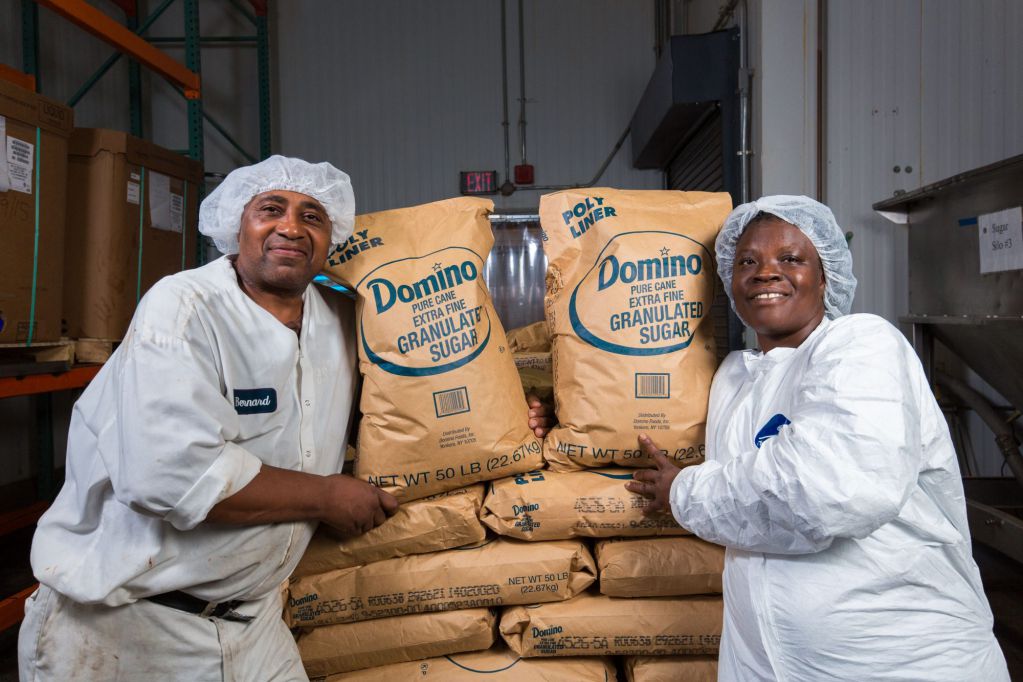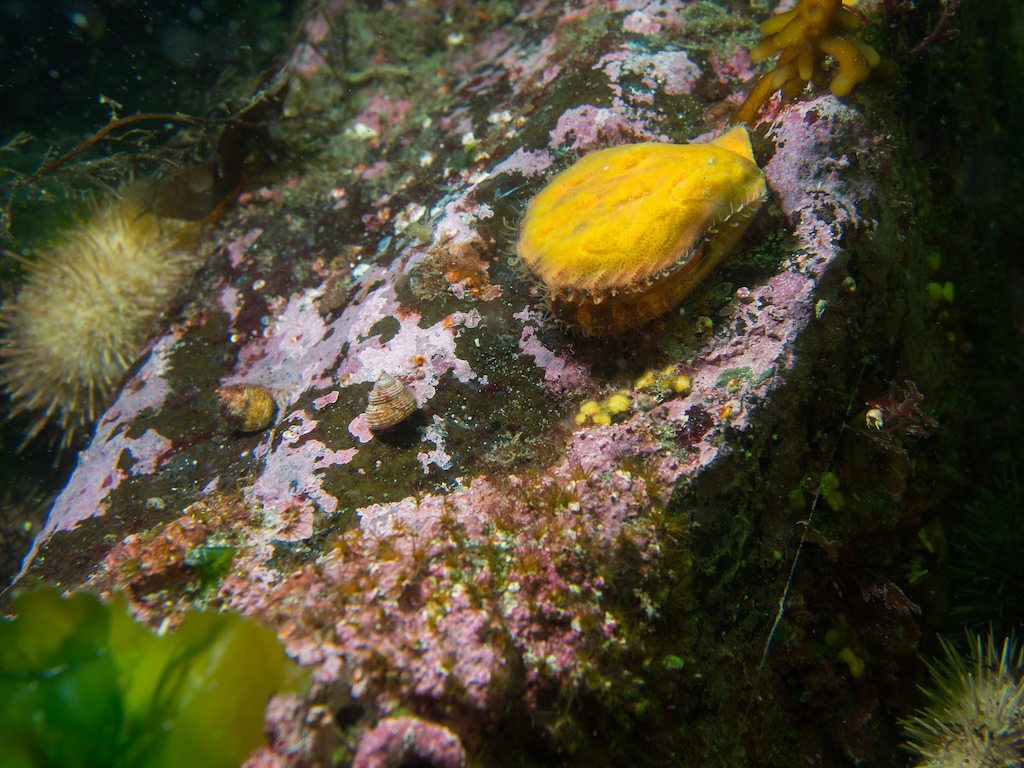Let’s talk about puffery.
You may have noticed that last week Judge Gonzalo Curiel of California’s Ninth Circuit dismissed a lawsuit against MillerCoors. (Yep, the same judge who made news in June when Donald Trump publicly commented on his “Mexican heritage.”) The suit was brought by a San Diego man named Evan Parent, who had been buying and drinking MillerCoors’s Blue Moon beer, under the impression that he was drinking a craft brew.
Mr. Parent cried foul, accusing MillerCoors of four deceitful acts. (There were actually several versions of the complaint. For the sake of simplicity, I’m going to refer to the final, revised version.) He said (1) MillerCoors concealed its ownership of Blue Moon by leaving its name and logo off of Blue Moon’s logo, packaging, and website, though Miller prominently featured Blue Moon on its own website. (2) Miller was responsible for the fact that Blue Moon was sold in the craft beer section of stores and listed in local advertising as a craft beer. (3) The company charged craft beer prices for its product, furthering the illusion that it was something special. And (4) Miller’s own advertising created the erroneous impression that the beer was made by a small, independent company, when in fact it was brewed in batches of thousands of gallons in a regular Miller facility.
To the first three of which the judge responded, more or less: (1) It’s allowed to. (2) Without any proof to show that MillerCoors is controlling the actions of distributors and retailers, it’s not responsible for how they characterize the product. (3) Too bad.
The response to the ads, though, was the part that caught my eye. You’ve probably seen the ads in question. They feature brewmaster Keith Villa talking about his love for craftsmanship and hanging out with a baker who uses a wood-fired oven and a fancy coffee roaster. When you see Villa and beer, it’s in a cute, funky space with old-fashioned small-batch equipment. The tagline is “artfully crafted.” Absolutely everything about it screams out “craft beer.” You can practically hear Villa turn from his small-batch baker and say, “That’s how we brew Blue Moon.”
https://www.youtube.com/watch?v=aWQXoROTgIU
He doesn’t, though. When you look at the ads in the context of the lawsuit, you realize that much of the artful crafting was on the part of the ad agency, which made all of the visuals suggest strongly that Blue Moon was a craft beer, while none of the words did. It was a wedding with lots of white dresses and a big cake and no “I do.”
Which meant, in Judge Curiel’s opinion, that it was “puffery” that consumers know enough not to rely on.
That, it strikes me, is a perfectly reasonable judgment that I am not sure I believe. Certainly Parent wouldn’t buy it. He was taken hook, line, and sinker. So was I when I first encountered the beer. I assume that lots of folks were, not because we’re all dumb, but because we don’t think very often about the distinction between craft beers and regular beers. For a while there, if you used “craft beer” as a synonym for “beer that tastes nothing like Budweiser,” you were probably right: Go for non-Bud, and you would almost certainly end up with something created in small batches using traditional techniques.
Phil Howard’s “Ownership of Beer Brands and Varieties,” 2010. Click to zoom
Now, not so much. Goose Island, formerly an independent Chicago brew, is now part of the gigantic Anheuser-Busch InBev. So is Shock Top. Magic Hat belongs to North American Breweries, same as Labatt. The beer is still pretty good, but the special sauce—small business, small batches, local ownership, exclusivity—is gone. For many people, that’s fine. Non-Bud is non-Bud, whoever makes it. For others, it means they would rather avoid the product altogether. And what the Blue Moon case suggests is that false advertising law isn’t going to be a whole lot of help in letting those folks figure out which beer is “craft” and which isn’t. The masters of puffery know exactly where the line is between making a factual claim about a product and engaging in puffery. The rest of us are on our own.
How much does this matter? It’s hard to say. It would be nice if there were a legal standard for what qualified as a craft beer. (There are standards, but they have no legal force). It would be nice if we all had the mental energy to get all hermeneutic on every ad and label we encountered. It would be nice if Big Food and Bev products automatically tasted like crap, and your palate could detect abusive labor practices and corporate greed as easily as it recognizes Cascadia hops.
It’s not true, though. In fact, much of what a lot of us like about the food produced in the new food economy supply chain is more a matter of process than product (though the products are pretty good, too). It’s about the story. The trouble is that in the great subdivision where marketing lives, story and puffery live right next door to each other. Their houses are both pink with black shutters, and they’re constantly getting each other’s mail.
Can we change that? Can we move story to a better neighborhood? That’s a challenge the food movement is going to be increasingly facing over the next few years. Big Food and Bev have decided that people want better, more natural food. And Big Food and Bev, whether it knows how to produce that kind of product or not, really knows how to spin a good yarn.
Remember what George Burns (or Groucho Marx, or Sam Goldwyn, or somebody) said: “The key to success is sincerity. Once you can fake that, you’ve got it made.”











